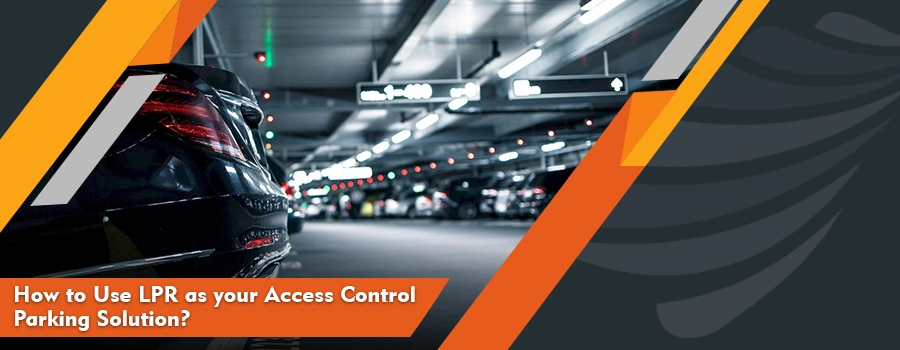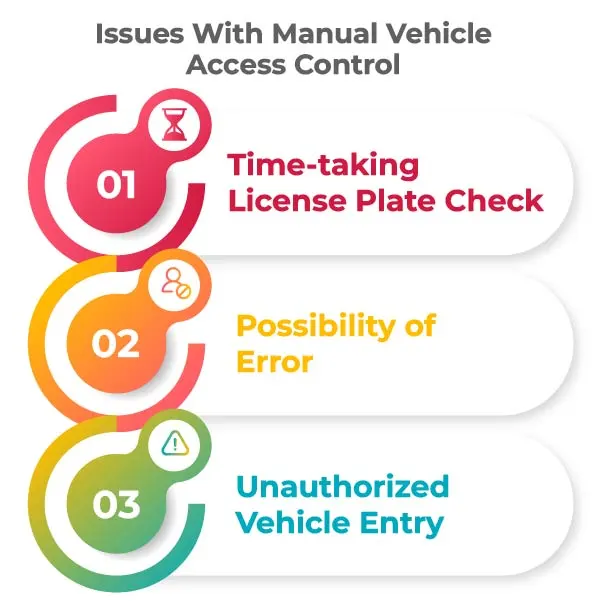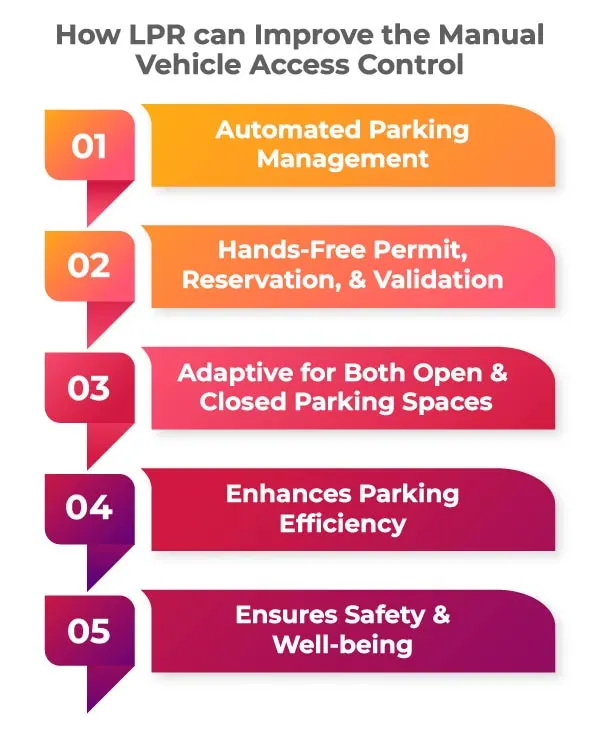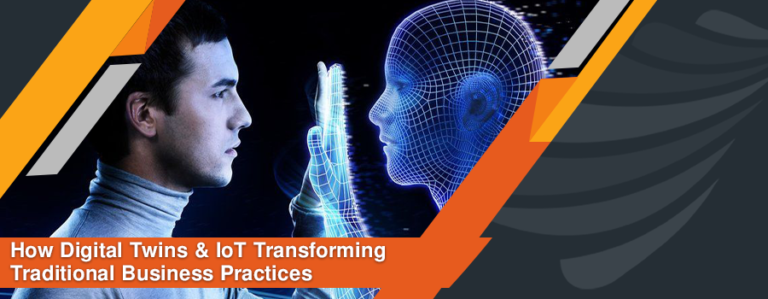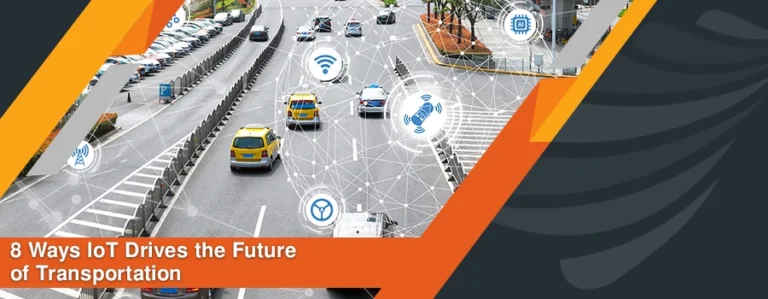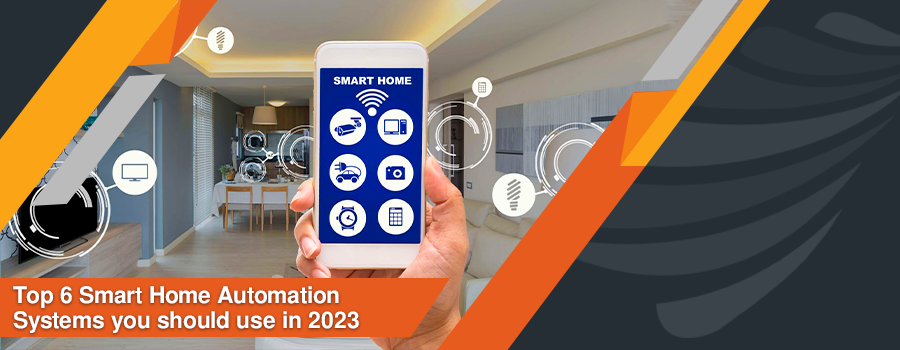The dispersion of IoT-enabled solutions across the globe has increased the efficiency of our way of working. Nowadays, organizations depend more on smart solutions than on human resources. By successfully automating most of the tasks of our daily or professional life, IoT has raised our standard of living. Like any other sector, transportation and parking have undergone some magnificent transformations due to IoT technology. For instance, settings like corporate buildings and centers are using ALPR systems for effective access control management. This kind of automation technology has enhanced the process of accessibility while strengthening the traditional security mechanism. However, before understanding the application of the ALPR system, it is pertinent to discuss what access control is.
What is Access Control?
Access Control refers to the entry and exit point for the vehicle in and out of a building’s premises. Seemingly, access control management is all about maintaining and monitoring the vehicle’s mobility in regard to a building structure. Building administration through such systems or management allows entry of authorized vehicles or collects parking charges for using parking spots. This ensures in fast and efficient access control system mobilizing the parking management and supervising the entrance of authorized vehicles. Moreover, there are different types of access control systems, including keypads, proximity cards, RFID tagging systems, LPR systems, and connected cars. These types of systems aid in vehicle access control at places like residential dwellings or corporate buildings.
This article will discuss how access control management can be improved, especially with the LPR system or technology like OLIOS. In addition, it is pertinent to infer that most institutions and administrations still utilize Manual vehicle access control. This may burden the workings and administration while compromising the safety of the atmosphere and the people in it.
Issues With Manual Vehicle Access Control
Below are several issues that different administrations or organizations may face with Manual Vehicle Access control:
• Time-taking License Plate Check
Manual Vehicle access control can be a very challenging task for any administration, be it in the context of residential dwellings or corporate buildings. Performing the task of license plate check without any technological aid can be distressful for both drivers and access control managers. Indeed, manually checking the registration plate during entry or exit can be a time-taking and laborious process, which may result in a long queue of cars or make the people reach their destination late.
• Possibility of Error
Since the human factor is involved in the manual license plate check, there is a significant possibility of error in multiple processes. Given the scenario, an access control manager may get exhausted, tired, confused, or vexed, raising severe issues in vehicle access control. These issues can include an entry of an unauthorized vehicle, an error in registering a license plate in the record, vehicle theft, or even a quarrel with drivers out of prolonged waiting. This may have a negative impact on the atmosphere of any space.
• Unauthorized Vehicle Entry
As discussed above, manual vehicle access control may cause unauthorized vehicle entry into the building’s premises. Manually monitoring the license plate check may cause some overlook by the access control managers. As a result, an admission of a suspicious vehicle can raise severe problems by compromising the safety and security of a corporate building or residential complex.
How LPR can Improve the Manual Vehicle Access Control
LPR can play a vital role in improving or resolving different issues of manual vehicle access control. License Plate Recognition systems like OLIOS are smart solutions developed for resolving problems of traditional parking or access control management. IoT innovation like such is composed of intelligent cameras, sensors, and automated software with Optical Character Recognition (OCR) technology that helps in the license plate check process with maximum accuracy.
Following are the ways the LPR system can enhance Manual vehicle access control:
• Automated Parking Management
LPR system will be essential for making parking management automated. Instead of manual access control, an authorized car can directly enter the building premises after a simple and automated license plate check through intelligent sensors. In this way, parking and access control management will become fast and efficient. Plus, it helps maintain parking spaces in a civilized and organized manner, reducing irregular utilization of empty spots for car parking.
• Hands-Free Permit, Reservation, and Validation
LPR systems like OLIOS are not just based on smart sensors or cameras but also utilize Cloud technology. This feature eases the license plate recognition process as most of the data is saved on the cloud. Likewise, upon entering, a vehicle’s license plate is run and compared with the record of cloud data automatically within a few seconds. Hence, this LPR provides a hand-free permit or validation and reserved parking space to an authorized vehicle in the corporate building or residential area.
• Adaptive for Both Open and Closed Parking Spaces
As discussed, the LPR system is based on automated sensors and cloud technology, making it an adaptive smart solution for both open and closed parking spaces. For instance, in open areas like beaches, etc., automatic license plate recognition technology can help patrol officers identify suspicious or unauthorized vehicles by syncing with the cloud data. In contrast, the same license plate recognition technology can ensure an authorized vehicle’s swift entry and exit in the context of closed parking spaces.
• Enhances Parking Efficiency
An access control system that utilizes automatic LPR technology can eliminate the factor of human intervention. It will, in turn, reduce the possibility of error or delay during a car’s entrance or exit. Plus, it will decrease the organizations’ expenses for employing human resources for access control while bringing efficiency to their revenue generation, parking management, and mechanism.
• Ensures Safety & Well-being
IoT-enabled LPR systems can help the administration regulate proper access control management and parking rules and mechanisms. An automatic license plate recognition system can significantly improve the access control management of both residential and corporate parking spaces. For instance, it helps keep accurate records of the authorized vehicles, their time of exit and entrance, precise utilization of parking spaces, and prevent any unauthorized car entrance into the building premise. In short, the LPR system can significantly ensure the safety and well-being of the people in regard to both residential and commercial places.
Conclusion:
To sum up, a manual access control system can be challenging for buildings administration in regulating parking and vehicle mobility. This may alter their traffic flow, worsening overall parking space utilization. However, the LPR system can easily resolve such issues by maintaining an accurate paperless record via intelligent, automated sensors. It will help the residential or corporate setting to regulate and monitor their parking management swiftly and efficiently. Thus, this proves it to be a life-saving smart solution for access control management.

